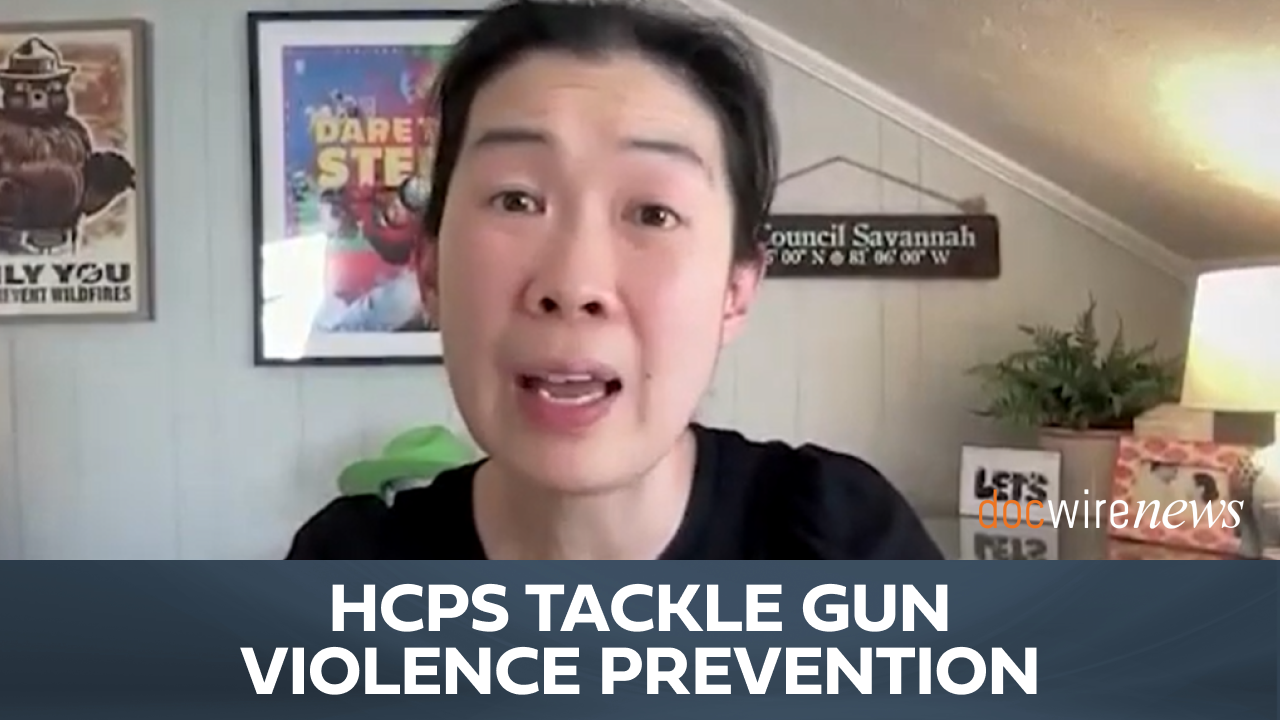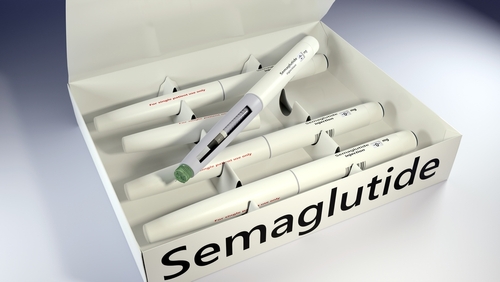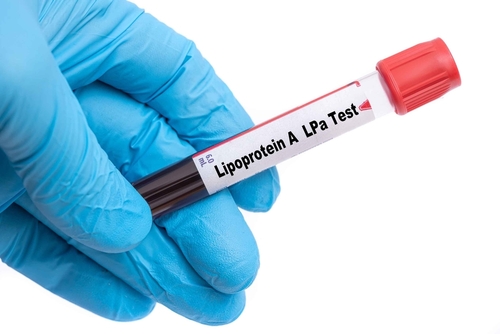
The U.S. Department of Health and Human Services (HHS) released its updated Physical Activity Guidelines for Americans for the first time in a decade.
The document provides “key guidelines” for various demographics, including breakdowns by age and activity type:
Key Guidelines for Preschool-Aged Children
Three-to-five year olds “should be physically active throughout the day to enhance growth and development,” according to the HHS. Parents and caregivers should encourage an active lifestyle that includes a different activity types.
.@hhsgov just released the second edition of its Physical Activity Guidelines for Americans. Watch this #video or visit https://t.co/Xrdml8G9u7 to learn more. pic.twitter.com/sig0q7AWJ7
— JAMA (@JAMA_current) November 12, 2018
Key Guidelines for Children and Adolescents
Adolescents between ages six and 17 years should aim for an hour of daily “moderate-to-vigorous” activity that includes a combination of aerobic, muscle-strengthening, and bone-strengthening exercises, each of which should be performed at least three days a week.
The federal government has just updated recommendations for physical activity for the first time in a decade. The key takeaway: Get moving, America. https://t.co/oBiOvR4ShD
— NPR (@NPR) November 12, 2018
Key Guidelines for Adults
In adults, any amount of moderate-to-vigorous physical activity provides more health benefits than being sedentary; the HHS notes, “Some physical activity is better than none.” Each week, adults should aim for at least 2.5 to five hours of moderate-intensity, 1.25 to 2.5 hours of vigorous-intensity, or “an equivalent combination” of moderate- and vigorous-intensity aerobic exercise. Exceeding the recommended times is advantageous. In addition, adults should participate in moderately intense or greater muscle-strengthening activities at least twice a week.
Great to see @HHS_ASH talking about the #PAGuidelines for Americans, 2nd Edition this morning: https://t.co/XhIzM6e0a5. These Guidelines provide evidence-based recommendations to help all Americans improve their health through increased physical activity.
— Dr. Vivek Murthy, U.S. Surgeon General (@Surgeon_General) November 12, 2018
Key Guidelines for Older Adults
Older adults should shoot for the same weekly target as younger adults and should also evaluate their effort level relative to their personal fitness. Additionally, HHS suggests balance training also be part of older adults’ exercise routine.
“Older adults with chronic conditions should understand whether and how their conditions affect
their ability to do regular physical activity safely,” the guidelines state. “When older adults cannot do 150 minutes of moderate-intensity aerobic activity a week because of chronic conditions, they should be as physically active as their abilities and conditions allow.”
The new #Physical #Activity #Guidelines for Americans have been released @JAMA_current. See our accompanying editorial: A #Call to #Activity for #Clinicians and #Patients –> https://t.co/PKEROKc7dl … pic.twitter.com/pDaKRCaCJd
— Thijs Eijsvogels (@ThijsEijsvogels) November 12, 2018
Key Guidelines for Women During Pregnancy and the Postpartum Period
Pregnant and postpartum women should engage in at least 1.5 hours of weekly moderate-intensity aerobic activity, ideally spread throughout the week. Vigorously active women prior to pregnancy can maintain their normal fitness level during and after pregnancy. Pregnant women should be under the watch of a healthcare provider who they can consult with on any necessary activity adjustments during and after pregnancy.
The 2018 update to the Physical Activity Guidelines for Americans is the first in 10 years. Included in this update is the addition of more guidance on counseling patients with multiple chronic conditions – a much needed addition. https://t.co/xclHvC4aTb via @JAMA_current #AHA18
— AMA (@AmerMedicalAssn) November 12, 2018
Key Guidelines for Adults with Chronic Health Conditions and Adults with Disabilities
If they are able to, adults with chronic health conditions or disabilities should engage in the same aerobic activity levels as healthy adults, as well as at least two days a week dedicated to moderate-intensity muscle-strengthening activities involving all the major muscle groups. If the recommendations cannot be met, they should perform physical activity “according to their abilities and should avoid inactivity,” HHS states.
The full guidelines are available for download on HHS’ website, and a summary of them also appears in JAMA. In an accompanying editorial to the JAMA summary, Paul D. Thompson, MD, of the Hartford Hospital in Hartford, Conn., and Thijs M. H. Eijsvogels, PhD, of the Radboud University Medical Center in the Netherlands, said the biggest takeaway from the guidelines is that any amount of exercise is better than nothing at all—but that the suggested amounts are attainable for most populations.
“Multiple studies demonstrate that the steepest reduction in disease risk, such as for coronary heart disease, occurs at the lowest levels of physical activity,” the authors wrote. “Patients need to understand that even small amounts of physical activity are beneficial and that reductions in the risk of disease and disability occur by simply getting moving. […] [The suggested] levels of activity are possible for most healthy people.”
The authors also said that healthcare providers should take an active role in prescribing exercise to their patients.
“Physicians and other educators in academic health care centers should ensure that there is sufficient training about the benefits of exercise and physical activity to make future practitioners comfortable with prescribing exercise as an important component of a healthy life,” they wrote.
Physical Activity Decreases Risk of Cardiovascular Disease and Type 2 Diabetes Even in Children
Association of Exercise With Mortality in Adult Survivors of Childhood Cancer
Study Links Exercise With Reduced Mortality in Childhood Cancer Survivors
Physical Activity after Bariatric Surgery Associated with Better Physical Outcomes







 © 2025 Mashup Media, LLC, a Formedics Property. All Rights Reserved.
© 2025 Mashup Media, LLC, a Formedics Property. All Rights Reserved.